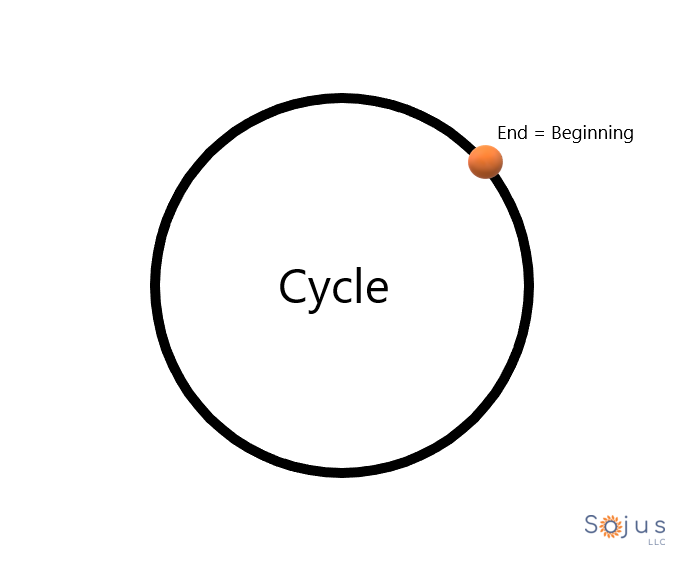Interpreting Ratios
Interpreting Ratios
It starts with data and it ends with data. This is why it’s critical for market access professionals to understand biostatistics.
Here’s a cheat sheet of how to interpret ratios in biostatistics using a hypothetical example. It’s one of the few resources from pharmacy school that I still refer to even after a decade.
Morbidity from Prostate Cancer of 400 Men | |||
Measure of Risk | Formula | Radical Prostatectomy (PR) (n = 200) | Watchful Waiting (WW) (n = 200) |
# men with erectile dysfunction (ED) | 160 | 90 | |
Absolute risk reduction (ARR) | Risk in PR – Risk in WW | (160/200) – (90/200) = 0.80 – 0.45 = 0.35 = 35% Risk of ED was 35% less with WW than with PR. | |
Relative risk (RR) | AR of PR / AR of WW | (160/200) / (90/200) = 0.80/0.45 = 1.8 Risk of ED with PR was 1.8 times that with WW. | |
Odds ratio (OR) | Odds of PR / Odds of WW | (160/40) / (90/110) = 4/0.82 = 4.9 The odds of ED with PR are about 5 times those with WW. | |
Number needed to harm (NNH) | 1 / ARR | 1 / 0.35 = 3 For every 3 men undergoing radical prostatectomy, 1 will experience ED. | |
Interpreting Ratios Read More »

